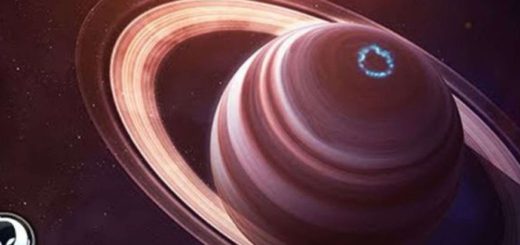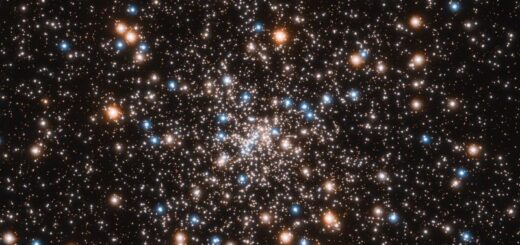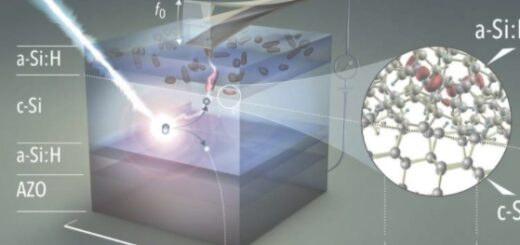SPACE FLOATERS Humans could move to ‘floating asteroid belt colony’ housing millions of people within 15 YEARS

HUMANS could live on giant orbs floating in the asteroid belt between Mars and Jupiter within the next 15 years.
That’s the bonkers claim made by top scientist Pekka Janhunen, who says millions of people could inhabit a megacity in space by 2026.
Dr Janhunen, an astrophysicist at the Finnish Meteorological Institute in Helsinki, described his vision in a research paper published this month.
He laid out the blueprint for floating “mega-satellites” around the dwarf planet Ceres, which lies roughly 325million miles (520million km) from Earth.
“The motivation is to have a settlement with artificial gravity that allows growth beyond Earth’s living area,” Dr Janhunen wrote.
The vast majority of plots to settle distant worlds revolve around the Moon or Mars. This is largely due to their close proximity to Earth.
Dr Janhunen’s proposal, on the other hand, looks a little further affield.
His disk-shaped habitat would boast thousands of cylindrical structures, each home to more than 50,000 people.
Those pods would be linked by powerful magnets and generate artificial gravity by slowly rotating.
Residents would mine resources from Ceres 600 miles below the settlement and haul them back up using “space elevators”, Dr Janhunen said.
“Lifting the materials from Ceres is energetically cheap compared to processing them into habitats, if a space elevator is used,” he wrote.
“Because Ceres has low gravity and rotates relatively fast, the space elevator is feasible.”
Ceres – the largest object in the asteroid belt – is the best destination for off-world settlements due to its Nitrogen-rich atmosphere, Dr Janhunen added.
This would allow settlers to more easily create Earth-like conditions than those colonising the harsher, carbon dioxide-rich environment of Mars.
That doesn’t solve the threats of rogue asteroids or space radiation, though Dr Janhunen, who worked with a number of Finnish researchers on the paper, has thought of that, too.
He proposed that giant, cylindrical mirrors placed around the mega-satellite could protect it from bombardment of all kinds.
Those mirrors would also focus sunlight onto the habitat for the growth of crops and other plantlife.
It all sounds pretty rosy, but Dr Janhunen also highlighted a number of issues with the plans.



 Creators of mankind
Creators of mankind Description of “Tall white aliens”
Description of “Tall white aliens” Where they came from?
Where they came from? About hostile civilizations
About hostile civilizations The war for the Earth
The war for the Earth “Tall white aliens” about eternal life
“Tall white aliens” about eternal life Video: “Nordic aliens”
Video: “Nordic aliens” Aliens
Aliens Alien encounters
Alien encounters The aliens base
The aliens base UFO
UFO Technology UFO
Technology UFO Underground civilization
Underground civilization Ancient alien artifacts
Ancient alien artifacts Military and UFO
Military and UFO Mysteries and hypotheses
Mysteries and hypotheses Scientific facts
Scientific facts


















